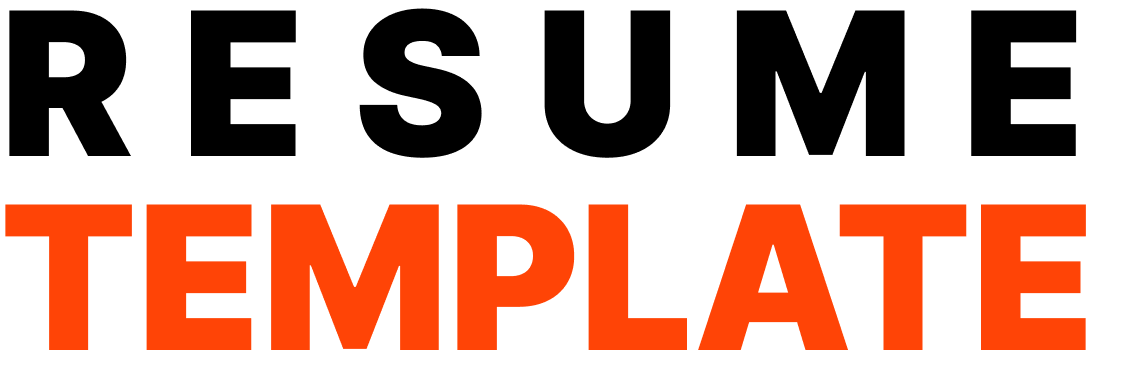Landing your first nursing job as a new graduate can be challenging, but with a strong resume, you can stand out to employers. A New Grad Registered Nurse (RN) Resume should highlight your clinical experience, education, certifications, and transferable skills, even if you have limited direct work history.
Through this guide, I will walk you through the essential steps to create a professional and job-winning new grad nurse resume. To create a solid resume will focus on:
- Stand out in competitive job markets
- Pass ATS (Applicant Tracking Systems)
- Showcase clinical skills and training despite limited work history
- Highlight your education, licenses, and hands-on experience
Step 1: Choose the Right Resume Format
Your format matters as much as your content. For new grads, the functional or hybrid resume format works best:
- Functional format → Focuses on skills, certifications, and clinical rotations instead of work experience.
- Hybrid format → Combines skills with education and any healthcare-related work history.
Tip: Avoid a purely chronological format it can emphasize your lack of experience.
Step 2: Write a Professional Summary (Not an Objective)
Instead of stating what you “want,” show what you offer.
Example Summary for a New Grad RN:
“Compassionate and detail-oriented Registered Nurse with a BSN degree and over 500 hours of supervised clinical experience in pediatric and adult care. Skilled in patient assessment, care planning, and EHR documentation. Seeking to contribute clinical skills and empathy to [Hospital/Clinic Name].”
Step 2: Highlight Your Education First
Since you’re a new grad, your nursing degree is your strongest asset.
Example:
- Bachelor of Science in Nursing (BSN) – XYZ University, 2024
- Relevant Coursework: Medical-Surgical Nursing, Pharmacology, Pediatric Care
- GPA (if 3.5+): Optional but recommended
Step 4: Add Licenses and Certifications
Recruiters scan for these first. Place them right below education.
Example:
- Registered Nurse (RN), State of [X], License #12345
- Basic Life Support (BLS), American Heart Association
- Advanced Cardiovascular Life Support (ACLS)
Step 5: Showcase Clinical Experience
Even though it’s unpaid, clinical rotations count as experience. Use them to demonstrate skills.
Example Entry:
Clinical Rotation – Pediatric Care | XYZ Children’s Hospital, Spring 2024
- Completed 120+ supervised hours in pediatric ward
- Performed patient assessments, administered medications, and documented vitals
- Collaborated with physicians and nurses to deliver patient-centered care


Step 6: Add Transferable Skills
Hiring managers look for both hard and soft skills.
Hard Skills:
- Patient assessment
- Medication administration
- Electronic Health Records (EHR)
- IV therapy
Soft Skills:
- Empathy and communication
- Team collaboration
- Time management
- Critical thinking
Step 7: Include Volunteer Work or Part-Time Healthcare Roles
If you’ve worked as a CNA, caregiver, or medical assistant, include it. Even volunteer roles in community health add credibility.
Here is an Example for New Graduate Registered Nurse Resume
• Sigma Theta Tau International Honor Society Member
• Relevant Coursework: Pathophysiology, Pharmacology, Health Assessment
• Monitored vital signs, administered medications, assessed patient conditions
• Operated ventilators, cardiac monitors, and infusion pumps
• Documented patient assessments in Epic electronic health record system
• Performed comprehensive nursing assessments and medication administration
• Educated patients and families on discharge instructions
• Assisted with IV insertion, catheter care, and dressing changes
• Assist RNs with patient transfers, positioning, and basic procedures
• Document patient observations and report changes in condition
• Maintain patient safety through fall prevention and infection control
• Medication administration
• Wound care and dressing changes
• Patient assessment and education
• EKG interpretation
• Phlebotomy
• Cerner PowerChart
• MEDITECH
• Electronic medication administration
• Cardiac monitoring systems
• Infusion pumps
Frequently Asked Questions
Focus on your clinical rotations, healthcare-related jobs (CNA, patient care tech, medical assistant), volunteer work, and internships. List clinical hours prominently and describe specific skills gained during each rotation. Even non-healthcare jobs can showcase relevant skills like teamwork, communication, and time management.
Include your GPA if it's 3.5 or higher. If lower, you can omit it or include relevant achievements instead like Dean's List, Honor Society membership, or specific course achievements. Some employers specifically ask for GPA, so be prepared to provide it during the application process.
Quantify your experience with specific numbers (clinical hours, patient ratios, procedures performed). Use action verbs and focus on skills gained rather than just duties. For example: "Managed care for 4-6 post-operative patients" instead of "Worked in post-op unit.
Always include:
- RN License (with license number and state)
- BLS (Basic Life Support) - Required for most positions
- ACLS - Highly valued, especially for critical care
- Any specialty certifications (PALS, NIH Stroke Scale, etc.)
- CNA certification if you have it - shows progression
One page maximum for new graduates. Hiring managers spend 6-10 seconds initially scanning resumes. Focus on most relevant experiences, clinical rotations, and skills. Use concise bullet points and appropriate font sizes (11-12pt) to fit everything meaningfully.
- Using generic templates that don't highlight nursing-specific skills
- Not customizing for each position/unit type
- Forgetting keywords that ATS systems scan for
- Underselling clinical experience - treating rotations as "just school"
- Poor formatting that doesn't pass ATS screening
- Including irrelevant information like high school achievements or unrelated hobbies

